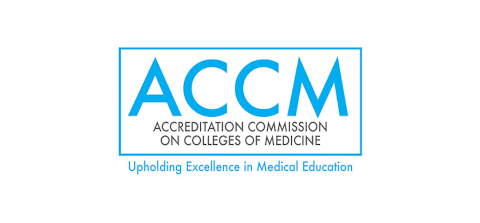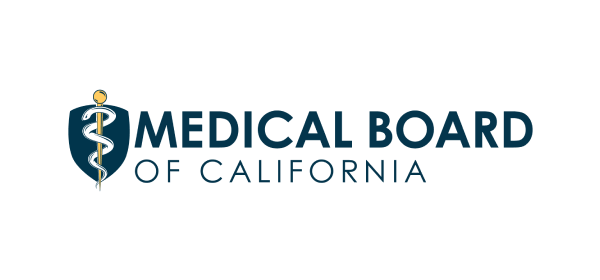Over 25+ Years
of Excellence in Education
MUA students are equipped with the skills and experiences needed to succeed as a physician. Our accredited MD program offers three flexible start dates: January, May and September.
Why Choose MUA?
Expansive Education, Accessible Costs
At MUA, we are committed to providing impactful and supportive learning experiences for aspiring physicians and future healthcare leaders. As part of this goal, we offer extremely cost-effective tuition and administrative fee rates, to help ensure that all those who are passionate about medicine can pursue their dreams!
Our 4-Year MD Program costs are currently among the lowest of Caribbean medical schools approved to participate in U.S. Title IV federal student aid programs, and excitingly for Canadians, MD students from Canada can pay listed totals in CAD. This greatly reduces the worry of managing the conversion rate over 10 semesters and results in significant overall savings.
Join a Medical School with Recognized Accreditation






Explore Our Medical Programs
4-Year MD Program
5-Year BSc/MD Program
6-Year BSc/MD Program
Pre-Med Master's
Gateway Program
MBBS to MD Pathway
Students who hold a Bachelor of Medicine and Bachelor of Surgery (MBBS) degree have the opportunity to apply for transfer admission to the MD Program with advanced standing.

Choose from three flexible start dates:
January | May | September
Successful Students
Learn about the experiences of our students at the Medical University of the Americas.

Josh Lowder

Caitlyn Young

Yamil Velez

Welcome to Nevis
Nevis, a captivating and tranquil island in the eastern Caribbean, is an ideal location for medical school. It offers beautiful surroundings, safety, and accessibility. Students can enjoy warm Caribbean waters, white sand beaches, rainforest hikes, reef snorkeling, and historical sugar cane ruins. Nevis is also renowned for its fine dining and charming inns, often housed in old plantation “great houses”.
A Message from the Premier of Nevis
As Premier, let me be the first to officially welcome you to the island of Nevis and to the prestigious Medical University of the Americas (MUA). Nevis has had a long and mutually beneficial association with MUA and I am delighted that you have chosen to study at MUA and in Nevis.
Our island is famous for its hospitality and for being the birthplace of U.S. Founding Father and first Secretary of the U.S. Treasury, Alexander Hamilton. We hope that you will find time to enjoy our natural environment, our incredible cuisine and take a dive into the island’s history. May the sights and sounds of Nevis be forever etched in your memory as you embark on this new chapter in your life. I wish you every success in your studies.
Warm regards,
Mark Brantley, Premier of Nevis
Latest News
Read our latest news article to discover more about the fascinating world of Medicine.
Congrats to Our MD Graduates!
06/26/2025Cambridge Seminars College Partnership Agreement
04/22/2025APPNA Partnership Agreement
04/14/2025Connect with MUA
Important Information, Terms & Conditions
* 98% Four Year Residency Placement Rate is the percentage of students attaining a residency position out of all graduates or expected graduates in 2020-21, 2021-22, 2022-23 and 2023-24 who were active applicants in the NRMP match or attained a residency outside the NRMP match.
** First-time pass rate defined as total number of students passing the USMLE Step 1 on their first attempt divided by the total number of students taking USMLE Step 1 for the first time in calendar year 2023. In order to sit for the USMLE Step 1 exam, the student must successfully complete the Basic Science curriculum and such other prerequisites as the school may establish at its discretion.
*** First-time pass rate defined as total number of students passing the USMLE Step 2 CK on their first attempt divided by the total number of students taking USMLE Step 2 CK for the first time in calendar year 2023. In order to sit for the USMLE Step 2 CK exam, the student must successfully complete the Clinical Medicine curriculum and such other prerequisites as the school may establish at its discretion.






